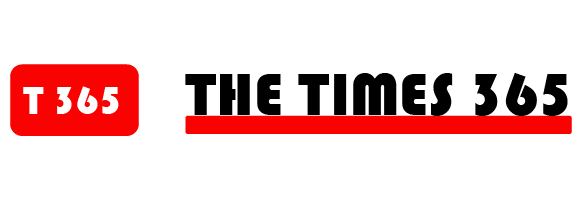Recently, I attended a conference for family offices, which are basically private wealth management firms typically having over $200 million in assets under management. While I was there, a discussion about the percentage of alternative investments advisors recommend their clients have in their portfolio caught my attention since, as a fund manager of residential mortgages, my note funds are considered an alternative investment vehicle.
For most of us on BiggerPockets, our biggest investments are our businesses and our real estate holdings, which are both considered “alternative.”
For many, though, alternative investment options may not even be on the radar. Rather, they tend to invest in more traditional types of investments like stocks.
(By the way, if you’re curious, most advisors recommend that their clients have less than 10 percent of their portfolio in alternative investments like real estate or private placement funds.)
But this conversation got me thinking about my own path, and I realized that I’ve gone through three stages as an investor.

Stage #1: Traditional Investor
This reminds me of myself at a much younger age. After I graduated from college and was working a corporate America-type of job, I had a financial advisor whose only recommendation revolved around traditional investments (stocks and bonds), managed through his company, of course.
My traditional advisor considered everything outside his world an alternative investment, including real estate and notes. It almost seemed like anything that he couldn’t earn a fee on or that required more paperwork was considered “alternative,” shorthand for “not for you.”
Related: 5 Alternative Exit Strategies to Liquidate Properties Fast
I followed his advice and was seeing good results at first, but after time, I was no longer getting positive outcomes. Then, I started thinking about a concept he used, diversification, and started to take that concept seriously. That’s really what led me to real estate.
Stage #2: Alternative Investor
It wasn’t long before I realized that if I was I going to invest, I wanted to be in assets with collateral (real estate and notes) or in something that I’m more familiar with (like my business).
Over the years, I’ve come to believe that the biggest differences between traditional and alternative have more to do with control and the collateral behind the investment (or lack thereof). After all, as Warren Buffett said, “Invest in what you know.”
In my case, I quickly switched my investing model from giving up control to taking it back. My percentage of alternatives jumped up to about 90 percent at this point, with only 10 percent in traditional vehicles like the stock market.
I get that if you’re super wealthy like a typical family office, it kind of makes sense that you have to give up some control. Safety and security may take priority over higher returns, especially if you’re more concerned with asset protection than yield. Plus, with more capital, it may be harder to deploy it all.
But for me, the game was on. I went all-in for real estate (and later, private lending and notes).

Stage #3: Alternative + Traditional Investor
After growing my portfolio size quite a bit in the last few years, I’m starting to lean back in the other direction—increasing my percentage of traditional investments. Of course, I’m still investing in alternatives, but with more investment dollars to deploy, I just don’t have the bandwidth to deploy it all myself.
The difference this time is not only my knowledge but also the type of expert team I’ve developed to help me pull this off. Today, I feel much more comfortable with my traditional investments and the way I handle risk.
For example, years ago I use to invest through a broker and park my money in the market. Today, I invest in the market for as short as one to two minutes, a few times a month. The majority of the time, I remain in cash and out of the market. My exposure and risk is very limited, and it’s also more defined and controlled.
Related: 5 Areas to Study to Know if You Bought a Good Real Estate Note Deal
What Stage Are You in?
As I look back, my percentage of traditional investment dollars went from a large percentage when I was starting out, to a small percentage as I went all-in as a real estate investor and entrepreneur, to a more moderate percentage of my overall portfolio as I’m staring retirement in the face.
If you’re like me, the way you view risk may change as you get older, or you may start to prefer more passive investments. It’s all about your time horizon, your knowledge, and ultimately, your preferences.
What many don’t realize is that you can diversify among alternative investments just as you can with traditional by investing in different asset classes. Anything from private placements, precious metals, mortgages, and tax liens, to any type of real estate can be considered alternative.
So, what percentage of your portfolio is in alternative investments versus traditional, and why? How do you maintain control and manage risk?
Let’s discuss below!
Note By BiggerPockets: These are opinions written by the author and do not necessarily represent the opinions of BiggerPockets.






